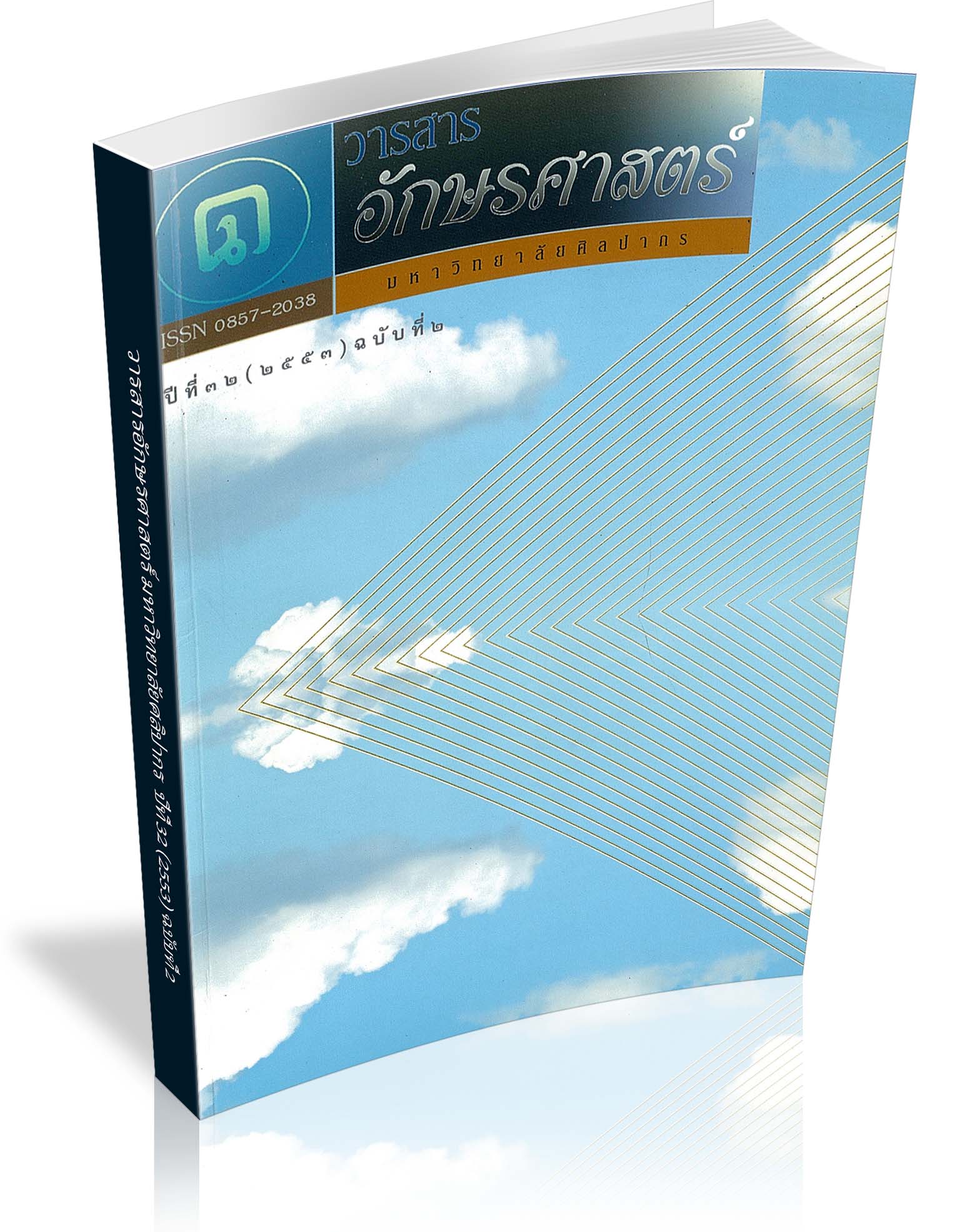The October Revolution of 1917 and the Impacts on Europe
Keywords:
October Revolution, Communism, Cold WarAbstract
The October Revolution of 1917, known as the Great October Socialist Revolution was a part of the Russian Revolution of 1917. It overthrew the Russian provisional government and gave power to the Petrograd Soviets dominated by the Bolsheviks. The Bolsheviks came to power and established the world's first communist state - the Soviet Union. Bolshevik Communism presented a grave threat to Europe and Vladimir Lenin, the leader of the Bolsheviks, tried to encourage world revolution and communism. In an attempt to reverse the gains of the revolution, the Western powers and the United States attacked and occupied part of the Soviet Union for over two years before finally withdrawing. In the late 1920s the European powers recognized the Soviet Union and it became a part of Europe. However, the October Revolution inspired the communist movements and revolutions across the world and it was the beginning of the Cold War in Europe.
Downloads
References
สารานุกรมประวัติศาสตร์สากลสมัยใหม่ : ยุโรป เล่ม ๕ อักษร L-O ฉบับราชบัณฑิตยสถาน กรุงเทพฯ : ราชบัณฑิตยสถาน, ๒๕๕๑.
สัญชัย สุวังบุตร. ยุโรปสามทศวรรษหลังสงคราม ค.ศ. ๑๙๔๕-๑๙๗๕. กรุงเทพฯ : สํานักพิมพ์มหาวิทยาลัยธรรมศาสตร์, ๒๕๓๑.
Andrle, Vladimir. A Social History of the Twenty Century Russia. London : Edward Arnold, 1994.
Cohen, Stephen F. Rethinking the Soviet Experience : Politics and History Since 1917. New York : Oxford University Press, 1985.
Daniel, Robert. Red October : The Bolshevik Revolution of 1917. New York : Scriber, 1967.
Downloads
Published
How to Cite
Issue
Section
License
ผู้เขียนบทความต้องยินยอมในข้อกำหนดต่าง ๆ ของวารสารก่อนส่งบทความตีพิมพ์




